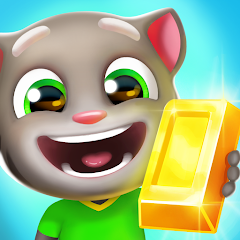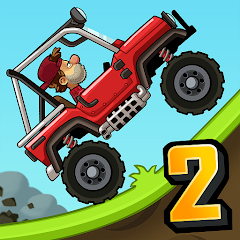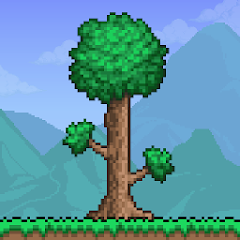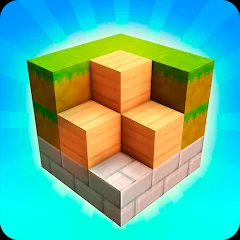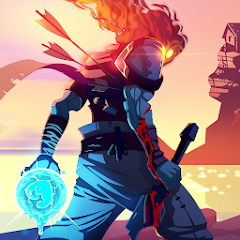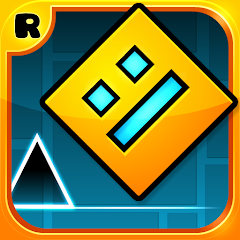
Geometry Dash

Fluvsise - A Fluff to Luv

Snake.io - Fun Snake .io Games

Pokémon Unite
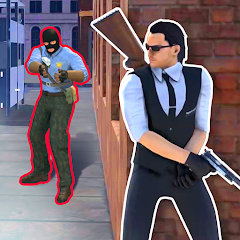
Agent Hunt - Hitman Shooter

Gabbys Dollhouse: Games and Cats
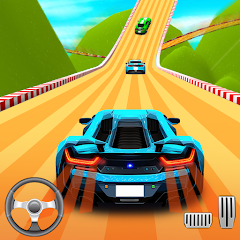
Car Race 3D: Car Racing

Super Meat Boy Forever

Dark War Survival
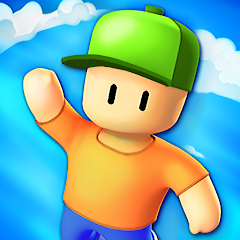
Stumble Guys

Monument Valley 2
ScreenShots
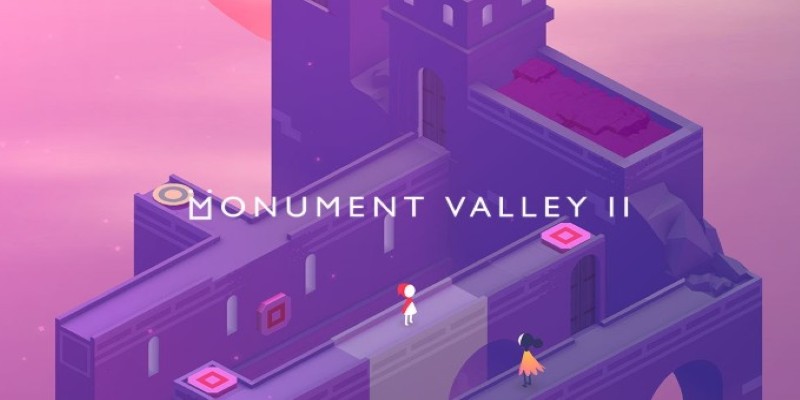

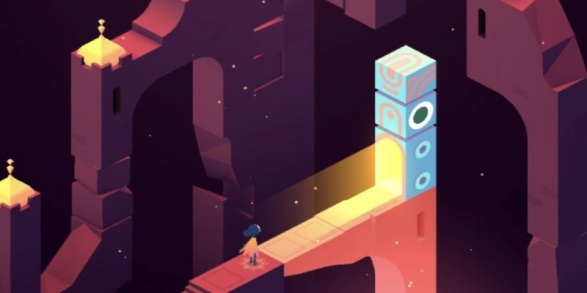
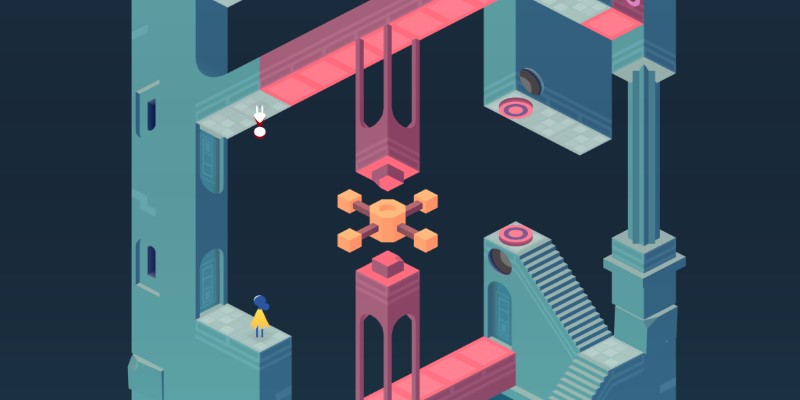
Editor Reviews
Monument Valley 2 is a follow-up that stands independently while keeping the same calm energy that made the original a favorite. You guide a mother and child through a dreamlike world of shifting architecture and impossible geometry. Each puzzle feels like a small piece of a moving sculpture, and the movement of the levels is a big part of the reward.

The story is wordless for the most part, told through color, motion, and the occasional line of text. The simplicity works. It never tries to over-explain anything. You learn things as you go. You watch this mother-daughter relationship take shape across spaces that twist and fold in ways that shouldn’t make sense but always do.
There are no scores, timers, or leaderboards. It's not about winning or being fast. The satisfaction comes from how each level fits together—like building a house of cards and watching it stand without falling. That's the kind of quiet confidence the game gives off. It doesn't rush you. It doesn't ask you to be anything other than curious.
Monument Valley 2 is also nice to hold. The visuals are clean without being cold. Every level has its own color scheme and mood. One level might be glowing and red like a sunset, and the next could be cool blue and full of moving platforms. The music remains soft in the background, but it responds to your actions—sounds blend with your movements, and there's a sense that the world is listening.

It's short but deliberate. Most people finish it in a few hours, but it feels like a complete experience. It gives you exactly what you need and then stops; sometimes, that's better than dragging something out just to make it feel longer.
How to Play?
Step 1: Open the game and tap “Start.” You’ll control a mother and her child in a pastel-colored world. Swipe to move them along paths.
Step 2: Tap platforms to walk there. Some areas aren’t reachable until you manipulate the world. That’s the core of the game: perspective-based movement.
Step 3: Rotate, slide, or twist parts of the environment. These changes unlock new paths. Look for handles, levers, or rotating towers. The game is about illusion and clever design.
Step 4: Use the child's character when she appears. Sometimes, you'll need to split up. Each character activates switches or moves in a different way.

Step 5: Pay attention to the rhythm of the level. Monument Valley 2 introduces music and movement that sync with your actions. Some elements shift only after certain steps.
Step 6: Use trial and error. The puzzles aren’t hard, but they ask you to rethink space. Walk somewhere, rotate a platform, and watch what opens up.
Step 7: There’s no timer or fail state. Take your time. Every level is a mini art piece. Interacting with it is the whole point.

Step 8: Progress is linear. As you move forward, the game introduces new visual tricks—like hidden paths, mirror worlds, and circular towers. Finish each level to continue the story.
Ratings
Disclaimer
2 . Gamekudo provide screenshots, historical version Apk, links and other information, which we collected fromGoogle Play. we will also add our own reviews to providechoose
3 . All trademarks,registered trademarks, product names and company names or logos appearing on the siteare the property of their respective owners.
4 . Gamekudo abides by the federal Digital Millennium copyright Act (DMCA) by responding to notices of alleged infringement that complies with the DMcA and other applicable laws.
5 . We guarantee the security of apk files downloaded from our site and also provide the official download linkat Google Play Store and App Store.
6 . lf you are the owner or copyright representative and want to delete your information, please contact [email protected]
7 . All the information on this website is strictly observed all the terms and conditions of Google Ads Advertisingpolicies and Google Unwanted Software policy.



